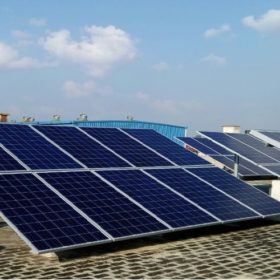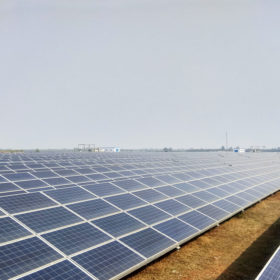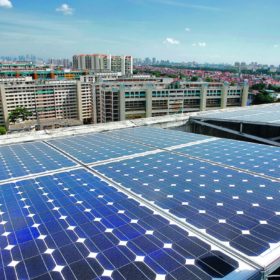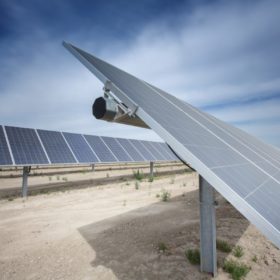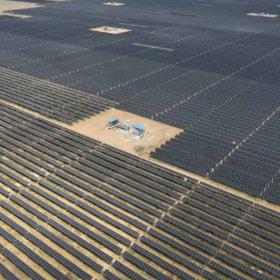Amtronics pays initial license fee to use QMC’s quantum dot technology for thin-film solar cells
Amtronics CC has paid U.S. firm Quantum Materials Corp an initial $500,000 as part of an agreement securing the right to manufacture quantum dots and thin-film quantum dot solar cells based on QMC technology for commercial supply in India. Construction has already started on a manufacturing facility in Assam, which will produce solar cells via a continuous, rapid-feed, flexographic-based printing process.
SECI extends 3 GW manufacturing tender bid submission deadline
The deadline for SECI’s latest attempt to incentivize Indian solar manufacturing by offering generation capacity has come and gone. The government body’s attempts to kick-start domestic production have thus far made little headway.
Rooftop solar for Delhi schools to save 4 GW electricity daily
State-run utility Indraprastha Power Generation Company Limited will install solar rooftop plants at 30 school buildings, with capacity of one megawatt in all.
Andhra Pradesh pulls back on open access solar
The state has decided to withdraw almost all incentives available to open access solar, including exemption from electricity duty and distribution losses for projects injecting power at 33 kV or below. The policy reversal—clearly to appease state discoms—is likely to impact capacity addition.
The big read: Equipment suppliers’ solar storage synergy
As lithium-ion battery sales boom, suppliers of equipment for manufacturing photovoltaics are branching out into the storage industry. Are these ventures leading them to bankruptcy or to a breakthrough in storing solar energy?
Phase II rooftop solar will give a big push to reach 40 GW target: Tata Power CEO
The latest government initiative that offers central financial assistance for Group Housing Societies and Residential Welfare Associations would help better adoption of rooftop solar among residential power consumers, which account for only around 9% of the total rooftop solar systems installed in the country (against almost 70% by industrial and commercial users).
Global utility-scale solar set for double-digit growth: Goldman Sachs
Utility-scale solar power capacity will grow by double digits globally in 2019 and 2020, driven by expansions in the United States, Europe, Middle East and China.
Avanze setting up 1 GW Lithium-ion cells plant in Andhra Pradesh
Delhi based Avanze Inventive will set up the Lithium-ion cells manufacturing unit in the state of Andhra Pradesh with the help of the Andhra Pradesh Economic Development Board (APEDB). The plant, with total size of 1 GW, will entail a total investment of Rs 1800 crore (US$ 256 million).
Solar capacity addition to slow down till FY2019-20: Crisil
While commissioning is expected to slow down in FY 2018-19 due to the impact of the safeguard duty and GST issues, FY 2019-20 is weak due to delay in auction as several tenders got delayed/cancelled. However, FY2019-20 onwards, solar capacity additions are expected to pick up due to several factors including subsiding/removal of the safeguard duty (which would ease cost pressures).
Li-ion cells face doubled import duty from April 2021
In a move to promote indigenous manufacturing, the government has doubled the basic import duty on lithium ion cells—used in manufacturing of lithium ion accumulator for EVs—to 10 per cent from April 2021. Battery packs used in manufacturing electric vehicles face tripled import duty of 15 per cent as against the current 5 per cent.


